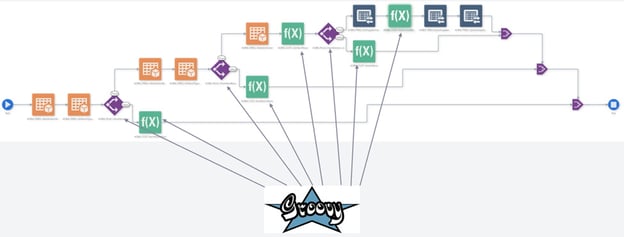Data Validation for Complex Orchestrations in JDE
Updating data in the JDE is one of the things our clients do all the time. It’s simple to use error handling or assertions to find out if anything went wrong. But this approach only checks on errors after processing is complete. Sometimes it makes sense to check if the data is valid before executing on updates.
When Does This Make Sense?
Any time you suspect issues with incoming data, you may want to cleanse or validate it before it touches JDE. For example, you might have a substantial amount of data from a merger or acquisition that is not consistently formatted. Or, perhaps you need to make sure combinations of values are valid.
JDE will let you enter data as long as you conform to its rules (providing valid values). This means it won’t catch all the types of errors you might be looking for. Using the Orchestrator, you can layer in additional business rules to make sure everything is correct. This proactive approach takes longer and requires more time up front. It’s definitely worth it to maintain data integrity of the system.
Data Validation Use Case for Supplier Pricing in JDE
One of our clients wanted to preprocess their data and generate custom error messages to catch issues before updating their supplier pricing in JDE. We built a series of data requests and then custom Groovy script rules and some additional Groovy script to return data validation messages along the way.
Step by Step
- Check stock type and item master.
- Check stock type in item branch and check vendor is equal to primary vendor
- Check if vendor is valid and currency is valid
- Finally lookup row, expire old record, and update pricing

This worked really well and the client uses our Excel-Orchestration software to build giant spreadsheets and validate everything at the push of a button.
Validating Data Using the Orchestrator Is Even Easier Now
It took a fair amount of work and some custom coding to create this validation because it was with an older version of JDE. In the new version, just two quick steps would replace everything.
Want to learn how to build orchestrations for data validation? Contact our team for help.


